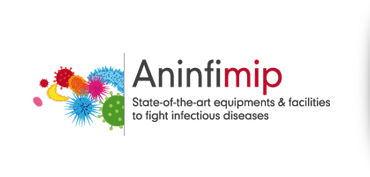Context
Infectious diseases are still responsible for nearly 25% of the total worldwide human mortality, with a global annual toll of about 13 million human lives. Tuberculosis, HIV/AIDS and malaria alone account for about 4 million deaths every year. Over the past decades, research on pathogenic microorganisms brought huge progress and revealed essential clues for infection control programs. However, there is still a crucial need of better vaccines and new antimicrobials. The bacterial infections which contribute most to human disease are also those in which emerging and microbial resistance is most evident: diarrheal diseases, respiratory tract infections, meningitis, sexually transmitted infections, and hospital-acquired (nosocomial) infections. The development of resistance to drugs commonly used to treat malaria, AIDS and tuberculosis is also of huge concern. Finally, as a result of globalization and climate change the world is currently facing an unprecedented increase of emerging and re-emerging animal and human infectious diseases.
Expected outcomes
The general objective of the Aninfimip state-of-the-art equipment is to fulfil the needs of academic and industrial research in the areas of infectious diseases and immunology. The acquired equipment will allow already internationally recognized research teams to have access to innovative and high-standard pathophysiological models. One expected outcome of the project is to achieve better and faster knowledge on the pathophysiology of infectious diseases in order to develop new concepts for diagnosis, prevention and treatment of infectious diseases. From an industrial point of view, pharmaceutical industries, start-up and innovative technology companies (e.g. Sanofi Aventis, Pierre Fabre, Urosphere, Ambiotis) will have access to mutualized in vivo core facilities that will allow 1/ secured and good laboratory practices-compliant animal studies, and 2/ functional exploration of animal models of diseases. This is yet another expected outcome of the Aninfimip project.












